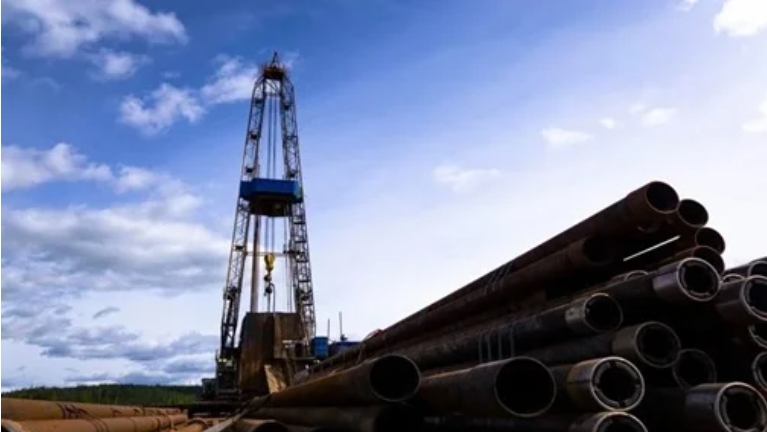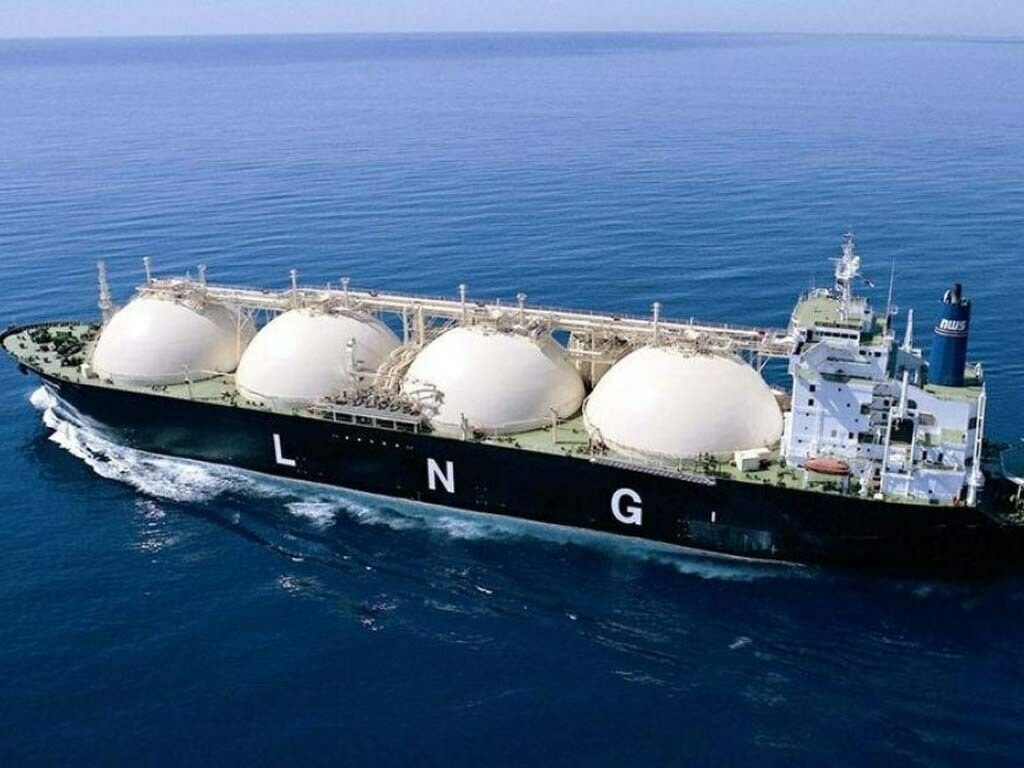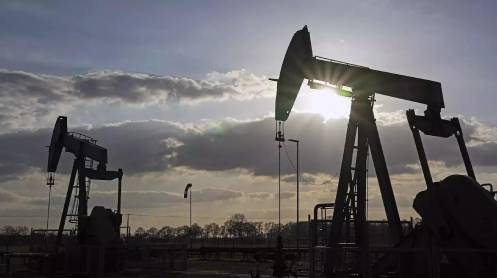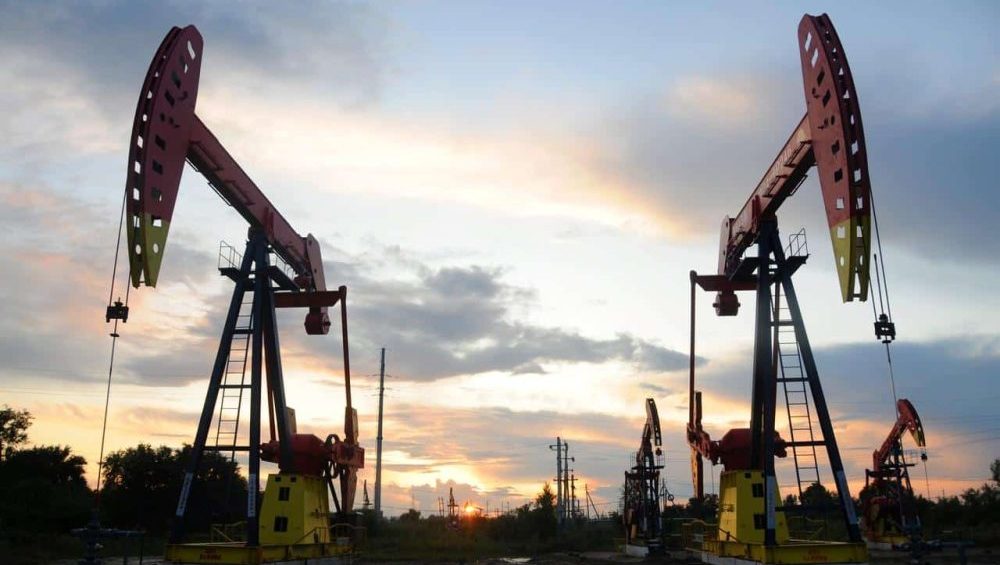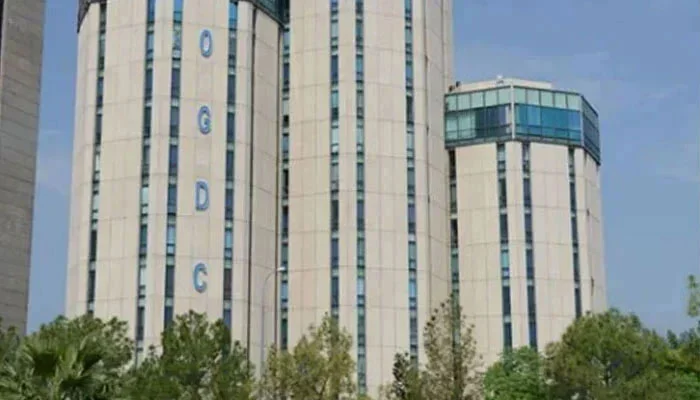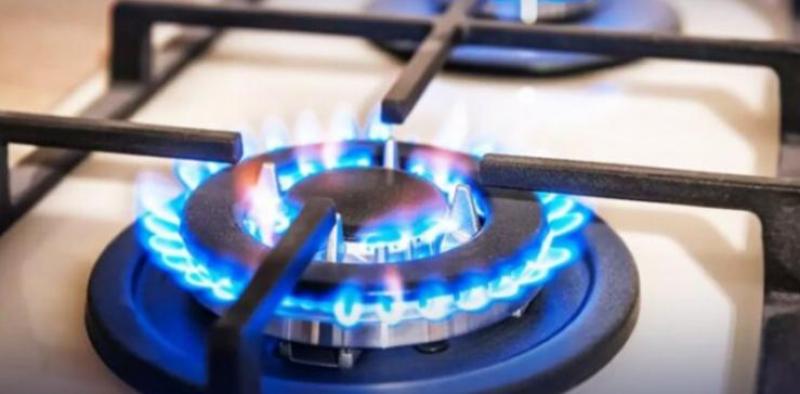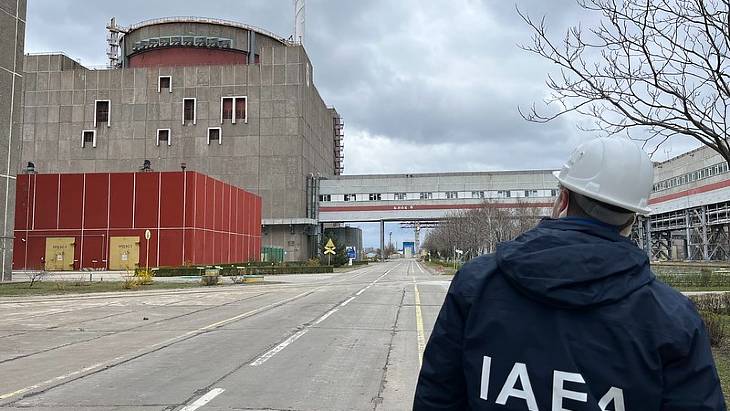
The first team of IAEA experts arrived on 1 September 2022 (Image: IAEA)
In a message marking the anniversary of his visit to the plant to establish the IAEA Support and Assistance Mission to Zaporizhzhya (ISAMZ), Grossi said: "As I said one year ago, having the IAEA permanently present at the ZNPP (Zaporizhzhia nuclear power plant) is of great value. There is no doubt that this presence was a game changer. The presence of the ISAMZ team at Europe’s largest nuclear power plant on the front lines of war has been a crucial part of the IAEAs activities to monitor the situation and assist Ukraine."
"The presence of the IAEA was essential in helping to stabilise the situation and keeping the world informed about ZNPP. I am particularly proud of the courageous staff who carry out this important work, as well as those at the other Ukraine nuclear power plants and the Chernobyl site,” he said.
He said that the IAEA has provided other on-going assistance and monitoring in Ukraine in addition to the expert missions, including "facilitating international financial support, and information sharing".
The teams of IAEA staff stationed at the plant have rotated every few weeks, with the 10th such change of staff happening shortly before the anniversary. The plant, Ukraine and Europe's largest one, has been under Russian military control since early March 2022 and the IAEA officials have to cross the military frontline to get to and from the site.
Grossi said that the IAEA team at the plant "continue to hear explosions and the sounds of military activity taking place some distance away" from the plant and the ISAMZ team had been told that in August a drone had hit a residential building in the nearby town of Energodar, with these serving as a "another reminder of potential nuclear safety and security risks facing the facility during the military conflict".
At the previous staff rotation the IAEA team were granted access to the reactor rooftops of units 3 and 4 to verify the absence of mines or explosives there or on the turbine halls: "The ISAMZ team, therefore, expected similar access to the rooftops of the remaining four units during the current rotation. However, no such access was granted this time," the IAEA said.
In the update, the agency said that unit 4 had been in cold shutdown since 12 August after a water leak was identified in one of the four steam generators, while unit 6 is in hot shutdown for steam production with the other four all in cold shutdown. The State Nuclear Regulatory Inspectorate of Ukraine issued regulatory orders earlier this year for all six to be in cold shutdown.
The IAEA said there had been a "considerable reduction" in maintenance staff which was "currently at about one-third in comparison to before the armed conflict in Ukraine began, raising further concerns about the ability of the site to properly maintain the systems, structures and components important for nuclear safety and security at the plant". It added that those running the plant had told them that new staff had been recruited and, while they were training and getting experience of the site, "maintenance contractors from Rosenergoatom can attend at short notice to assist in the performance of maintenance tasks".
There was also an update on the situation with cooling water, which has been a concern since the damage of the dam and the reservoir used to feed the plant's cooling water supply. The IAEA says that the level of the ZNPP cooling pond continues to drop by about one centimetre per day but the discharge channel of the nearby thermal power plant remains intact and "the site continues to have sufficient cooling water available for many months".
There are four wells operating close to the plant's sprinkler ponds, with IAEA staff told that there are plans to build as many as 12 wells around the sprinkler ponds "which will then become the main source of cooling water for the six shutdown reactor units and spent fuel pools".
The IAEA team continue to have "regular walkdowns across the site", with the update saying the "team observed the presence of military trucks in the turbine hall of unit 1, but they did not observe any mines or explosives other than those previously reported".
